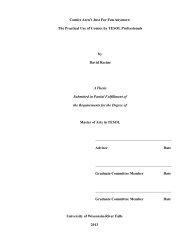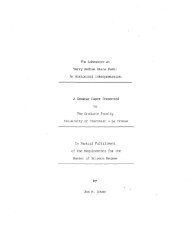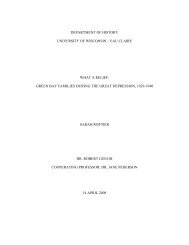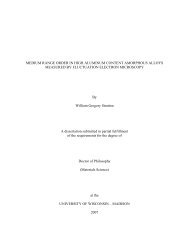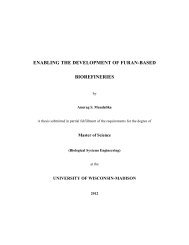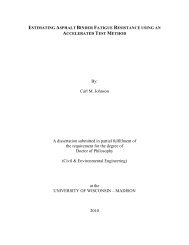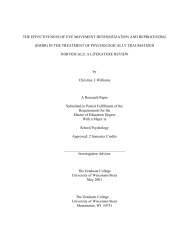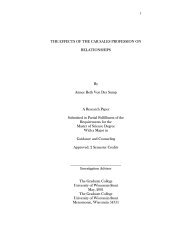RELIGION AND SPANISH COLONIALISM IN THE PHILIPPINES by ...
RELIGION AND SPANISH COLONIALISM IN THE PHILIPPINES by ...
RELIGION AND SPANISH COLONIALISM IN THE PHILIPPINES by ...
Create successful ePaper yourself
Turn your PDF publications into a flip-book with our unique Google optimized e-Paper software.
Jar burials, an example of which is shown in Figure 5, entailed multiple reburials using<br />
jars of varying sizes; smaller jars were used with each subsequent burial (Dakudao 1992: 136).<br />
Jars used for burial were locally made earthenware. In the primary stages of jar burial, the entire<br />
body was placed within a large jar (Dakudao 1992:137). As the body decomposed, it was<br />
reburied within progressively smaller jars. In the secondary stages, only the skeleton which was<br />
sometimes painted with hematite was placed within a jar smaller than used previously (Dakudao<br />
1992:137). Jars were also used to hold the ashes of the dead. The practice of cremation in the<br />
Philippines is thought to have been a result of contact with China (Dakudao 1992:138). The<br />
ashes and the skeletal remains were buried directly in pits or burial jars, some of which were<br />
made in China and brought to the Philippines through trade (Dakudao 1992:138).<br />
Figure 5 Example of burial jar with cover (from Dizon 2000:118).<br />
12



